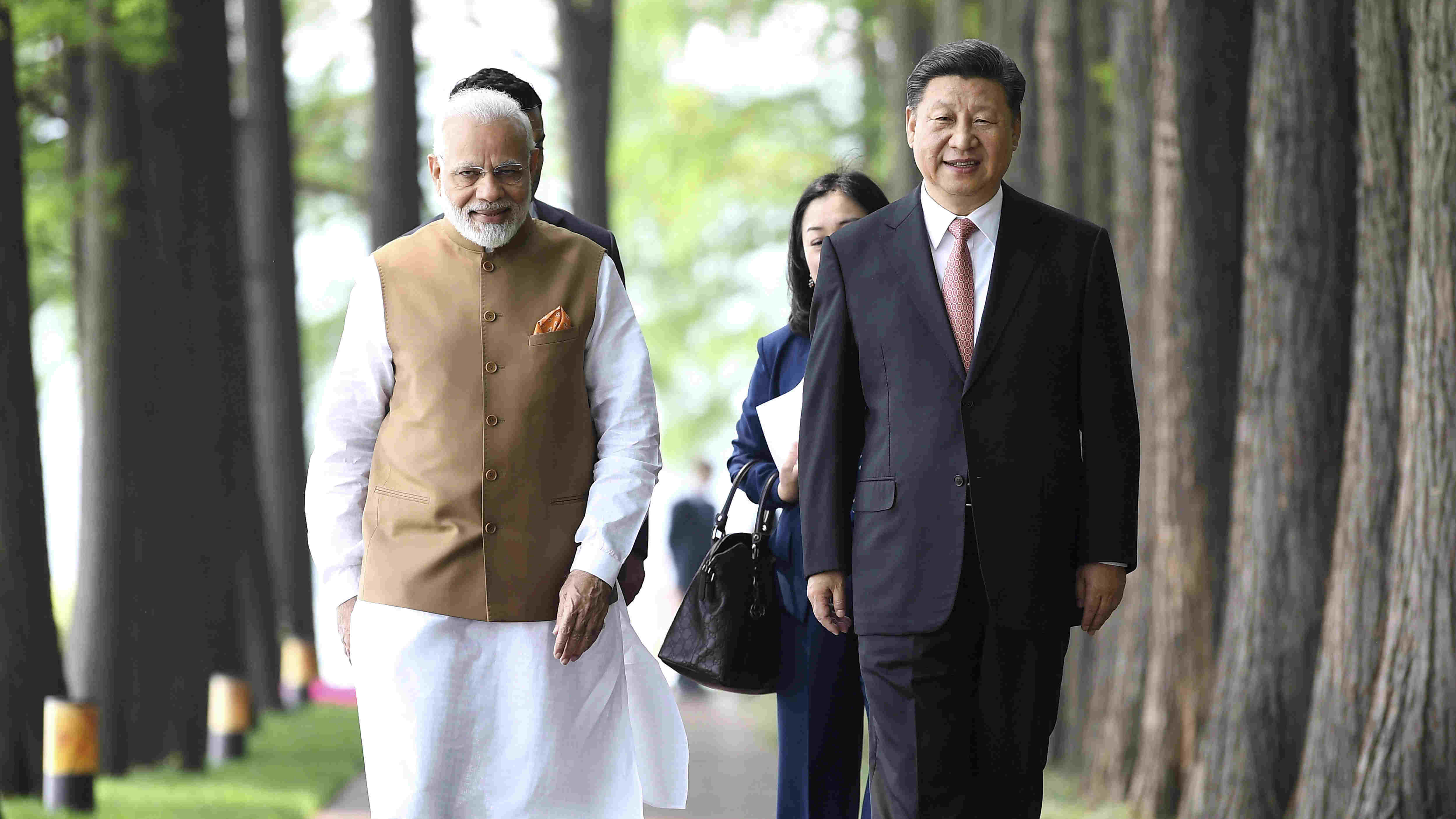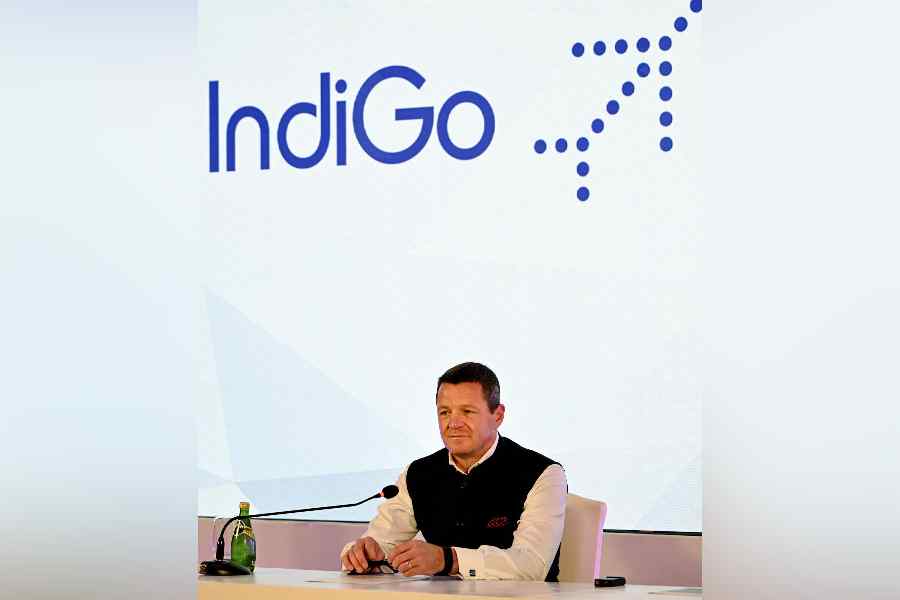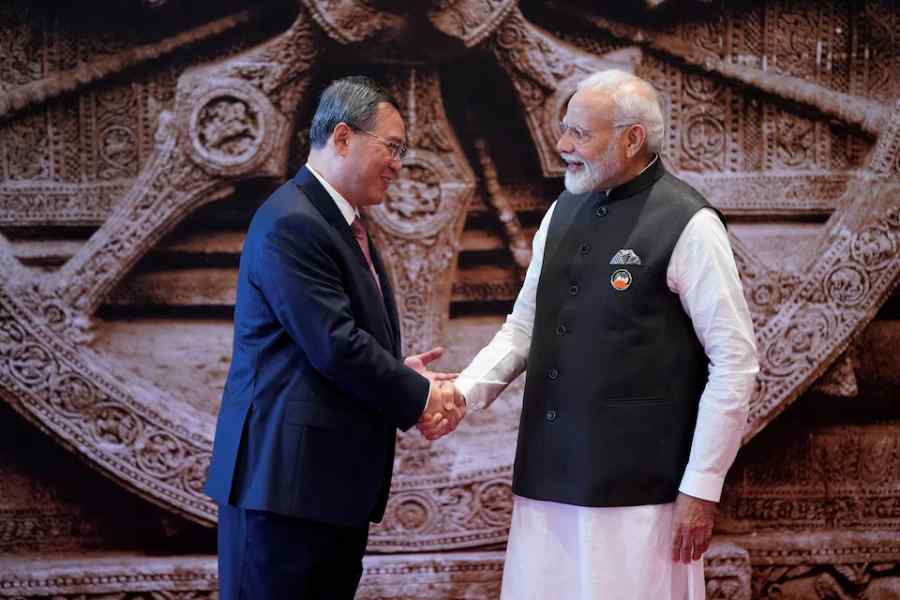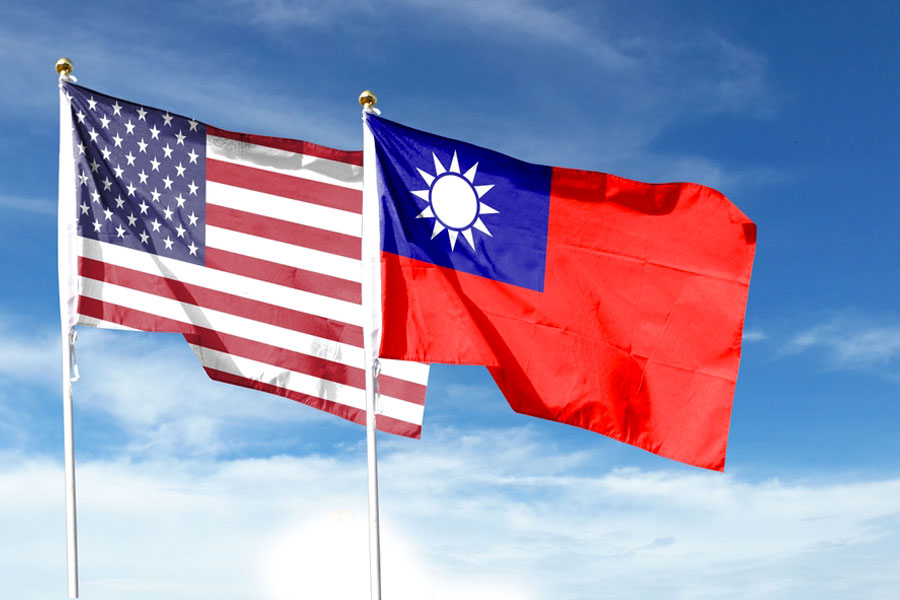Deeply embroiled as we are in a troubling stand-off with China in Ladakh and in the midst of a major pandemic that shows no signs of easing, the prevailing meta narrative of a risen and assertive China and a United States of America in retreat, if not in decline, has a certain compelling logic. Nevertheless, it is still instructive to take a look around us with a perspective that is more localized and regional: geopolitics is shaped not only by the grand encounters but also by subplots, which persist for long periods of time.
To our east, we have Malaysia and the Philippines providing a useful reminder of how territorial disputes linger on and on. Both countries claim sovereignty over Sabah and like many disputes in Asia its roots lie in the ambiguities left behind by colonial overlords — in this case, the British. Sabah is an oil and timber rich area situated in the northern part of the island of Borneo. The latter is itself divided among Indonesia, the small kingdom of Brunei, and the Malaysian provinces of Sarawak and Sabah. Sabah is claimed by and governed as a Malaysian province — a claim that the Philippines has rejected and countered with its own claim ever since Malaysia’s emergence as a sovereign state. Sarawak and Sabah are separated from Malaysia by a vast stretch of the South China Sea; Sabah is much closer to the nearest Philippine island. Now there are reports that the Philippines passport will carry a map showing Sabah as a part of its territory. This is a war of diplomatic postures and démarches but as recently as 2013 there had been a violent clash in Sabah arising out of the disputed claim, although the Philippines itself was not involved.
Territorial disputes in Southeast Asia are further complicated by the fact that during the late 19th and the first half of the 20th centuries, the region as a whole was impacted by five different imperial systems: the British in Myanmar and what is now Malaysia and Singapore; the Dutch in Indonesia; the French in Indo-China (Vietnam, Cambodia, Laos); and in the Philippines, Spain and, then, in the first half of the 20th century, the US. Post-decolonization claims and counter-claims had at one stage in the early 1960s led Indonesia, Malaysia and the Philippines to consider a union through ‘Maphilindo’ (from the initial letters of the three countries’ names). This came to nothing but the germ of the idea possibly resurfaced later as regional cooperation. It says something about the Asean and the ‘Asean way’ that such conflicts — and there are others — while they may have remained alive, have not impeded the organization’s principal mandate: regional economic cooperation.
Asean’s success lies in transcending the history of bitter dispute and fiery rhetoric that characterized the region from the 1950s to the 1980s. These conflicts were often so intense that they had extra-regional implications. In the 1960s, Malaysia and Indonesia had fought an undeclared, low-intensity war in Borneo — the Konfrontasi. This coincided with the India-Pakistan war of 1965 — also undeclared but of much greater intensity. Their own conflict, not surprisingly, saw Indonesia and Malaysia ranged on opposite sides of the India-Pakistan divide. In the United Nations security council, when the India-Pakistan conflict was discussed on September 18, 1965, the Malaysian representative asked difficult questions to Pakistan about largescale armed infiltration and said that India’s reaction was defensive in nature. This so angered Pakistan that it broke diplomatic relations with Malaysia. Tunku Abdul Rahman, the then foreign minister of Malaysia, was said to comment to the effect that Pakistan had not broken diplomatic relations with India with which it was fighting a war but was doing so with Malaysia! This was, he said, an act “unprecedented in the annals of diplomatic history for its apparent lack of rational motivation.”
The 1970s saw other conflicts, including a full-blown genocide in Cambodia, but from the 1990s Asean welded together in a manner that dampened and tempered disputes between its member states. In the process, it has also managed to keep the region relatively insulated from inter-regional rivalries. In the past decade, Chinese assertive behaviour has posed numerous challenges for individual Asean states, but the existence of a robust regional mechanism has been both useful and effective. Despite all this, the rekindling of the Malaysia-Philippines war of words over Sabah only goes to show that amongst neighbours you cannot take a linear trajectory in bilateral relations for granted.
On our west, the growing proximity of the Gulf states with India has, in turn, triggered other reactions — in particular Pakistan’s obvious desire to use China’s relations with Iran and Turkey to erect and cement a Iran-Pakistan-Turkey triangle. If this looks similar to the Baghdad Pact or Cento of the 1950s, the differences are equally striking and clearly derive from the importance accorded to China by each of these countries. Some ascribe Turkey’s drift away from Europe — the Hagia Sophia reconversion into a mosque is an instance — to this. Others argue, however, that this drift was predictable once the European Union shut its doors on Turkey as an outsider to Europe in civilizational terms.
In any event, Turkey-Europe differences are growing for other reasons and there is also a looming Turkish-Greek confrontation — although both are Nato members — over tiny Kastellorizo, a Greek island in the eastern Mediterranean. Unlike the Sabah dispute, which is straightforwardly territorial, this is an issue of complex maritime boundaries and claims. The issue flared up after a Turkish vessel started a drilling survey close to Kastellorizo. Disputes between Turkey and Greece are not new but this is one more layer in a very long history of political conflict and cultural contestation.
How far back should one go to trace the roots of Greece-Turkish differences? Mehmet II led the Ottomans to establish an empire from Constantinople in 1453 when the Hagia Sophia was converted from a cathedral into a mosque. He is believed to have claimed, or so the mythology goes, that by conquering Constantinople the Ottomans had avenged the Trojans by taking revenge for the deceit used by the Greeks to capture Troy. A little less than five centuries later, in August 1922, after a Turkish victory against the Greeks, Mustafa Kemal Ataturk is more reliably known to have said “Now we have taken revenge for Hector.” Turkey — from Ataturk to Erdogan — has traversed a great distance but in geopolitics history and mythology merge seamlessly.
Is there a common thread in these developments? Possibly one takeaway is that regions and sub-regions will have their own dynamics and, most of all, neighbourhood relations will follow their own logic. This is not easily related to the larger meta narratives of the time but the bigger picture is equally important. The Sabah dispute is significant because it centres around the South China Sea, which has a new salience today because of Chinese assertion. The Greek-Turkish frictions assume importance because of the question being posed for Europe on whether it can steer a path on its own given a US that is self-absorbed and devoid for the first time in perhaps three quarters of a century of a global narrative to match its military and technological power.
The author is a Director General of the Indian Council of World Affairs











